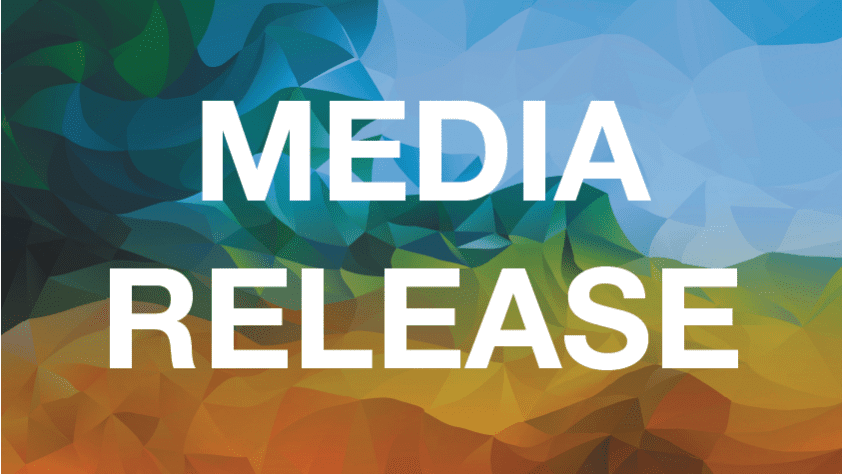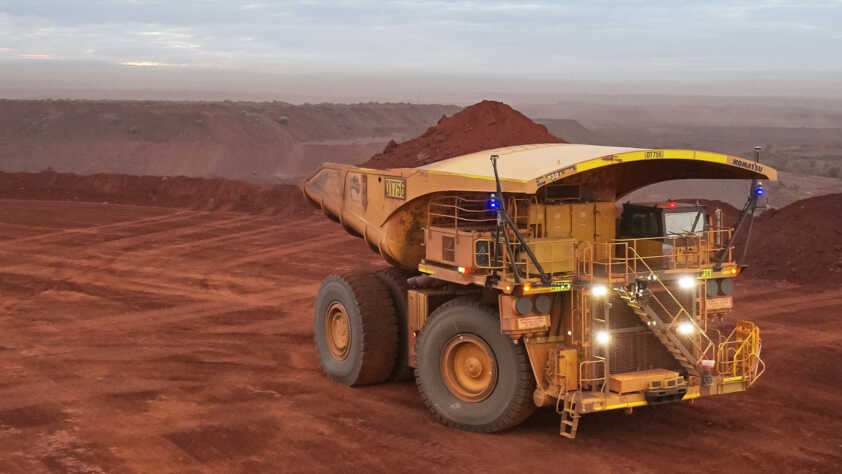The latest Quarterly Economic Brief from the Chamber of Energy and Minerals of Western Australia (CME) highlights the challenging times for the Western Australian economy.
The decline in global commodity prices gathered pace in the three months to October 2014, with the non-rural component of the benchmark Reserve Bank of Australia Commodity Price Index falling by eight per cent in the quarter to reach a five-year low.
“Despite recent commodity prices generally declining, exploration expenditure was up in the 2014 June quarter,” said CME Chief Executive, Reg Howard-Smith.
Petroleum led the increase, with an additional $134 million invested in exploration during the quarter, and is one of only two commodities (along with uranium) where expenditure is higher over the year (rising by $30 million, or 3.5 per cent from the June quarter 2013 to the June quarter 2014).
The report, produced by CME in conjunction with Deloitte Access Economics, highlights commodity price falls with iron ore was down 15.7 per cent over the quarter (and almost 40 per cent over the year), and nickel was down 17.3 per cent. Copper and gold also fell. Only LNG bucked the trend, up 17 per cent over the quarter.
“Arguably Western Australia’s most important commodity, iron ore is reviewed in the Quarterly Economic Brief. The analysis provides an overview of the status of supply and demand market dynamics and WA’s position in the world market,” said Mr Howard-Smith.
“It is abundantly clear the expansion of the iron ore industry has delivered significant benefits to both the Western Australian and national economy with additional taxation and royalty revenues, job creation and direct and indirect economic activity,” said Mr Howard-Smith.
The report finds that in 2013-14, the Australian iron ore sector contributed $19 billion of gross value add to the Australian economy, or 4.8 per cent of total GDP. In Western Australia, and directly employed over 60,000 workers, representing more than 55 per cent of the total mining sector workforce in the State.
“The growth in the iron ore workforce is pretty spectacular, when only a decade ago the workforce was only 12,000,” said Mr Howard-Smith.
The report also features an interview with the Hon Andrew Robb AO MP, Minister for Trade and Investment, who discusses the challenges and opportunities for Western Australia as an export orientated economy, including the benefits of the recently completed China-Australia Free Trade Agreement.
The Quarterly Economic Brief can be found here.




